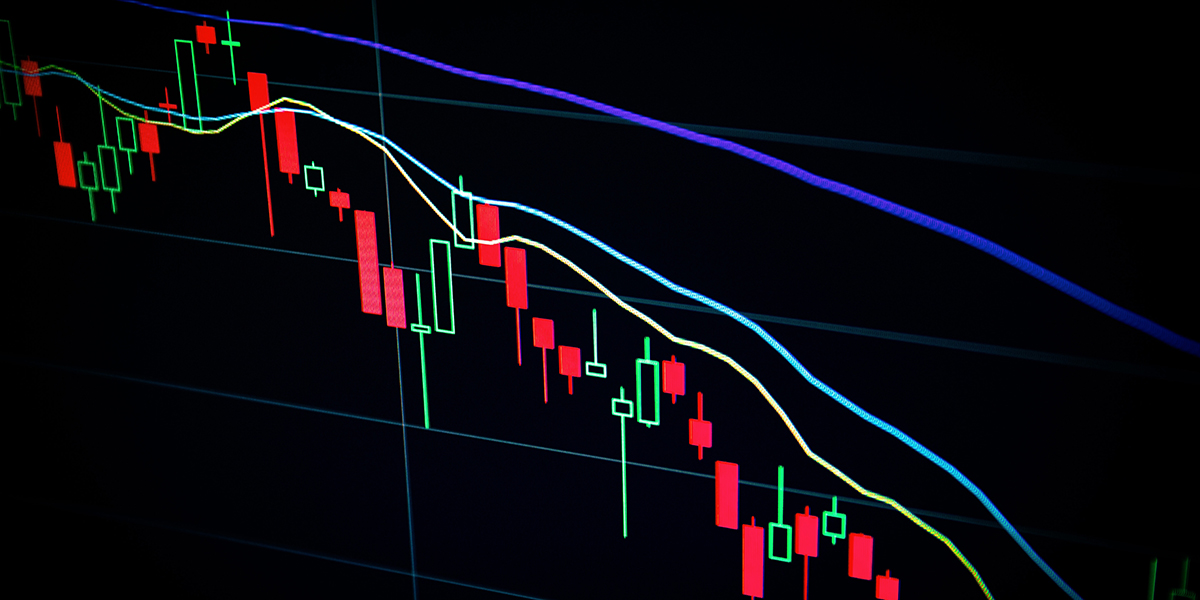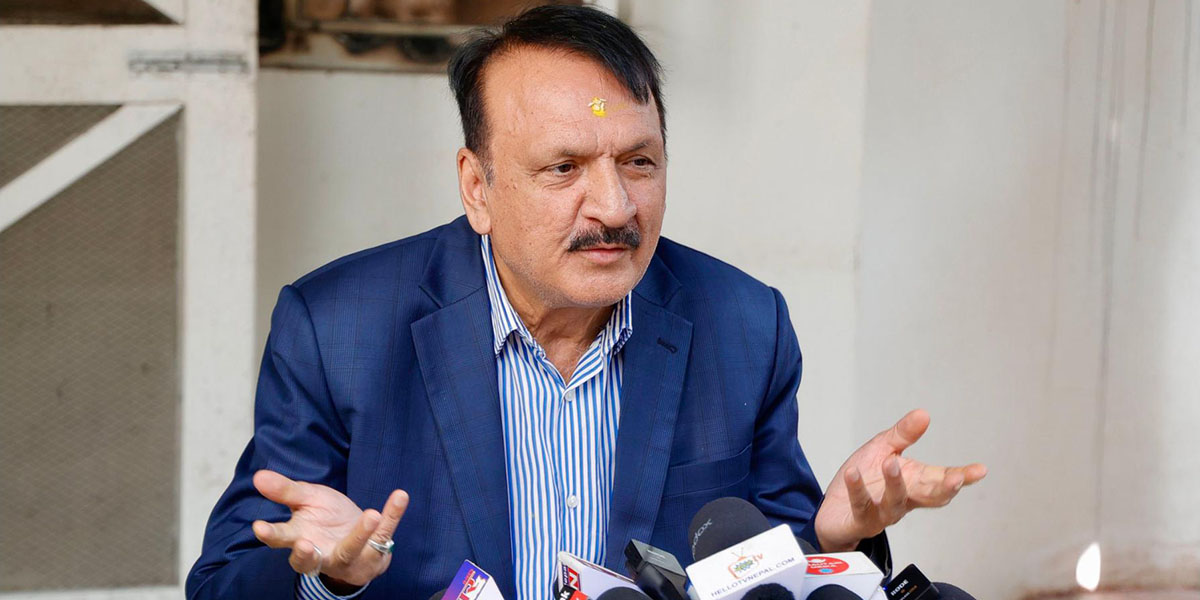
The global economy looks set to grow slowly once again in 2024, and downside risks remain. The lagged impact of past monetary tightening could lead to an even more pronounced slowing in growth, and geopolitical risks remain very heightened, while the busy political calendar adds a sizable extra degree of uncertainty and potential volatility.
US growth is likely to slow from 2023, but the chances of the Federal Reserve (Fed) pulling off a soft landing look better than even now. Growth will remain weak in the euro area and the UK amid restrictive monetary policy and tighter fiscal policy, but should still be moderately positive. The recovery in China remains quite tentative, and policymakers will likely have to materially step up policy support in 2024 if they want to achieve growth similar to 2023. Meanwhile, growth in India is set to remain robust, and it is likely to be the fastest-growing major economy once again in 2024.
This year has an extraordinarily busy political calendar. A key focus for businesses and investors will be the US election in November. In what is likely to be a very tight race, polls in key swing states currently give former President Trump a slight advantage. A victory for the former president could have major implications for international trade, geopolitics, and the green transition. There are also elections in other economically and geopolitically important countries. In India, Prime Minister Modi looks set for another five-year term, while in the UK, the opposition center-left Labour Party looks on course to return to power. In Europe, far-right political parties look set to perform well in European Parliamentary and German regional elections. In South Africa, the African National Congress (ANC) is highly likely to remain the largest party but is at risk of losing its parliamentary majority for the first time since the end of Apartheid.
Prospects in 2024
The global economy performed better than expected in 2023, avoiding the major downturn that many observers feared. It benefited from the sharp fall in commodity prices from their 2022 peaks and the continued recovery of global supply chains and normalization of service sectors, while economies proved more resilient than expected to the aggressive increases in central bank interest rates. This probably reflects the support to consumer spending from excess savings built up during the pandemic, as well as the fact that many households and firms had previously locked in low-interest rates. There was, nonetheless, still a divergence in performance among the major economies. The US and India performed strongly, the Chinese recovery was disappointing, while growth was weak in the euro area. Overall, the global economy is still thought to have grown well below its annual average of recent decades. The World Bank has estimated that in 2023 there was an expansion of just 3%, similar to the OECD’s 2.9% estimate from November. Business-related surveys typically pointed to slowing global economic momentum as 2023 progressed. ACCA’s Global Economic Conditions Survey (GECS) shows confidence among accountants and financial professionals globally has fallen gradually for three successive quarters since Q1, while the closely watched J.P. Morgan Global Composite Purchasing Managers’ Index (PMI) has fallen quite markedly since its peak in the spring, although it has improved slightly in recent months. Across sectors, the manufacturing PMI was in, or quite close to, contractionary territory through much of 2023, which is reflected in the weakness in global trade growth, but it was the slowing of the service sector PMI that drove most of the fall in the Composite index.
Focusing on the prospects for 2024, global growth is likely to come in materially below its average once again, with a broadly similar pace of expansion as last year. The World Bank forecasts an increase of 2.9% in global gross domestic product (GDP), while the OECD expects a slightly slower gain of 2.7%.
Despite the declines, the surveys are not indicative of a major global downturn at present. Headline inflation has fallen back sharply in most countries across the globe over the past 12 months, and core inflation has also come down materially in many. Of the two major advanced economies, headline inflation is currently 3.4% in the US and 2.9% in the euro area – well down from recent peaks of around 9% and 11% respectively. Nevertheless, amid the recent rises in headline inflation in both countries in December, rather stubborn service sector inflation, and an elevated risk of supply shocks amid the current geopolitical backdrop, it could be risky for the central banks to declare imminent victory in their battles against inflation. Indeed, according to global accountants who responded to ACCA’s GECS survey, concerns about costs remain elevated by historical standards. Without more material easing in job markets, there remains a significant risk that the last mile for central banks in getting inflation sustainably back to their targets could prove to be the hardest. Amid the improving inflation backdrop, financial markets have pivoted to pricing in a material amount of interest rate cuts this year in the major advanced economies, with some observers even expecting cuts as early as the current quarter.
Focusing on the prospects for 2024, global growth is likely to come in materially below its average once again, with a broadly similar pace of expansion as last year. The World Bank forecasts an increase of 2.9% in global gross domestic product (GDP), while the OECD expects a slightly slower gain of 2.7%. Growth is likely to be well below its average in advanced economies as, despite the likelihood of some monetary easing – probably beginning in the summer, central banks maintain restrictive monetary policies to ensure victory in their battles against inflation. Meanwhile, fiscal policies also look set to be contractionary in the major advanced economies, while political uncertainty, amid major elections this year, as well as elevated geopolitical tensions, could weigh on confidence and spending. Similarly, growth in emerging economies is generally expected to be below its average, although a key factor behind this is the slower growth in the Chinese economy than the heady pace of previous decades. Growth in emerging economies excluding China is expected to improve modestly in 2024 from that of 2023, with the World Bank forecasting growth of 3.5% in 2024 versus 3.2% in 2023. Several emerging and developing countries will remain under pressure, given slow growth in the advanced economies and tight global financial conditions, but several important countries are likely to register a pretty solid performance in 2024. For example, the World Bank forecasts growth of 6.4%, 4.9%, 4.1%, 2.6%, and 2.6% in India, Indonesia, Saudi Arabia, Poland, and Mexico, respectively. The start of policy easing by the Fed should prove helpful for emerging economies, as would any further weakening in the US dollar. The risks to global growth remain to the downside this year, amid a world characterized by significant uncertainty and potential volatility. These include a major risk that the lagged impact of global monetary tightening could lead to a harder landing in the advanced economies, and/or major financial stresses. This risk is perhaps not quite as heightened as looked likely in late autumn, amid the subsequent somewhat loosening in global financial conditions, a rising chance of a soft landing for the US economy, and given what looks like a pivot towards monetary easing by advanced economies’ central banks this year. Nevertheless, if inflation remains stubborn, forcing a major repricing of financial market expectations for interest rates, then the magnitude of this risk would increase again.

Meanwhile, geopolitical risks have become even more elevated in recent months, with a rising risk of a broader escalation of the conflict in the Middle East. The attacks by Houthi rebels have already fueled a sharp decline in shipping through the Suez Canal, and events in the Middle East clearly have the potential to cause a large increase in energy prices and global shipping costs. This would clearly be very damaging for business and consumer confidence and would greatly complicate central banks’ task of getting inflation sustainably down to their targets. Elsewhere, the conflict between Russia and Ukraine continues to exacerbate the geopolitical situation. Political risk will also be particularly heightened in 2024 amid such an extremely busy year for elections. A key focus for the global economy and financial markets will be the US election. A victory for Donald Trump could have major implications for global trade, geopolitics, and the green transition.
Upside risks to the global economy in 2024 could come from continuing rapid improvements in inflation, paving the way for quite an early and significant easing of monetary policy by central banks. Of course, that could also risk sowing the seeds of higher inflation in 2025 and beyond. According to ACCA’s 2023 Q4 Global Risks Survey, economic-related risks remained firmly in first place among risk priorities, although such concerns had eased slightly from previous quarters. Economic-related risks were ranked in first place by 21% of respondents working in financial services, and by 29% of those working in the corporate sector. Overall, talent retention remained in second place followed by regulatory change. Geopolitical risks have risen significantly up the ranks of risk priorities since 2022 Q4. Turning to the key countries, after expanding robustly in 2023, the US economy is likely to slow materially in 2024. According to the latest Survey of Professional Forecasters, the US is expected to grow by 1.7% in 2024, which is broadly similar to the World Bank forecast. Despite the likelihood of a pivot to monetary easing by the Fed, monetary policy is likely to remain restrictive amid elevated real interest rates. Fiscal policy also looks set to drag on growth this year. Meanwhile, the dwindling of excess savings built up during the pandemic and slowing jobs and wage growth should help to slow consumer spending. Nevertheless, it is now looking like a better than ever chance that the Fed may achieve a soft landing for the economy, amid the easing in financial conditions in recent months, the improvement in the inflation backdrop, and given the likelihood of some interest rate cuts.
China’s recovery after exiting its Zero COVID policies was weaker than expected in 2023, as problems in the all-important housing market, depressed confidence and weak exports all weighed on the economy. The recent data has been quite mixed, but the government still achieved its GDP growth target of ‘around 5%’ for 2023 with an expansion of 5.2%.
In the euro area, the economic backdrop remains rather bleak, with the economy contracting by 0.1% in Q3 and being flat in Q4. Tight monetary policy has weighed heavily on bank lending and housing markets, and the soft global economy has hurt exports. ECB estimates also suggest that fiscal policy is likely to be meaningfully more contractionary in 2024. The locomotive for the region’s economy, Germany, is struggling, as the rise in energy costs since Russia’s invasion of Ukraine has weighed on its all-important manufacturing sector, as has the weak Chinese economic recovery and the growing competition from its ascendant electric vehicle industry. On a positive note, the region’s jobs market remains tight, and real income growth has turned positive. This should provide some support to the consumer, while the beginning of monetary easing will also provide some relief to the economy. Growth overall in 2024 will be weak but should be moderately positive. According to the ECB’s latest Survey of Professional Forecasters, economists expected an expansion of 0.6% in 2024, slightly lower than the World Bank’s estimate of 0.7%. In the UK, the economy contracted by 0.1% in Q3, and another soft reading seems likely in Q4. Growth is likely to be weak in 2024 amid tight monetary policy and contractionary fiscal policy, with the freeze in income tax and national insurance thresholds. That said, with an election likely in the autumn, the government will use whatever room is available in its upcoming March Budget to try and reduce the magnitude of the fiscal drag somewhat. Further tax cuts seem highly likely. Growth will likely be moderately positive in 2024, improving gradually as the year progresses amid positive real income growth and the likelihood of some monetary easing. In November 2023, the BoE and Office for Budget Responsibility (OBR) forecast growth of 0% and 0.7% respectively, in 2024 while the average of independent forecasts compiled by HM Treasury in January was 0.4%.
China’s recovery after exiting its Zero COVID policies was weaker than expected in 2023, as problems in the all-important housing market, depressed confidence and weak exports all weighed on the economy. The recent data has been quite mixed, but the government still achieved its GDP growth target of ‘around 5%’ for 2023 with an expansion of 5.2%. With the recovery still quite tentative, problems with housing, rising fears of deflation and large external risks, further measures to support housing, monetary easing and increased fiscal stimulus seem likely in 2024. However, the government still seems keen to avoid the excessive stimulus that has typically occurred in the past. With less favorable base effects this year than last, it will be difficult for the government to achieve past growth again.
The Indian economy was the best-performing of the large economies in 2023 and is on course for another year of strong growth in 2024. The National Statistical Office expects growth of over 7% in fiscal year 2023-24, while the governor of the Reserve Bank of India suggested that he sees growth of 7% in fiscal year 2024-25 – stronger than World Bank estimates. Reflecting the bullish backdrop, the stock market has surged close to record highs, and the purchasing manager’s surveys remain upbeat. The economy is likely to continue to benefit from strong infrastructure spending by the government, solid service sector exports, and the diversification of international supply chains. A Modi victory in the election could also reduce uncertainty and spur some strengthening in private sector investment. Developments with domestic food prices, and international energy prices, remain key risks, as always.
(Exceprts of ACCA’s 2024 Global Economic Outlook)

 Himal Press
Himal Press 
















